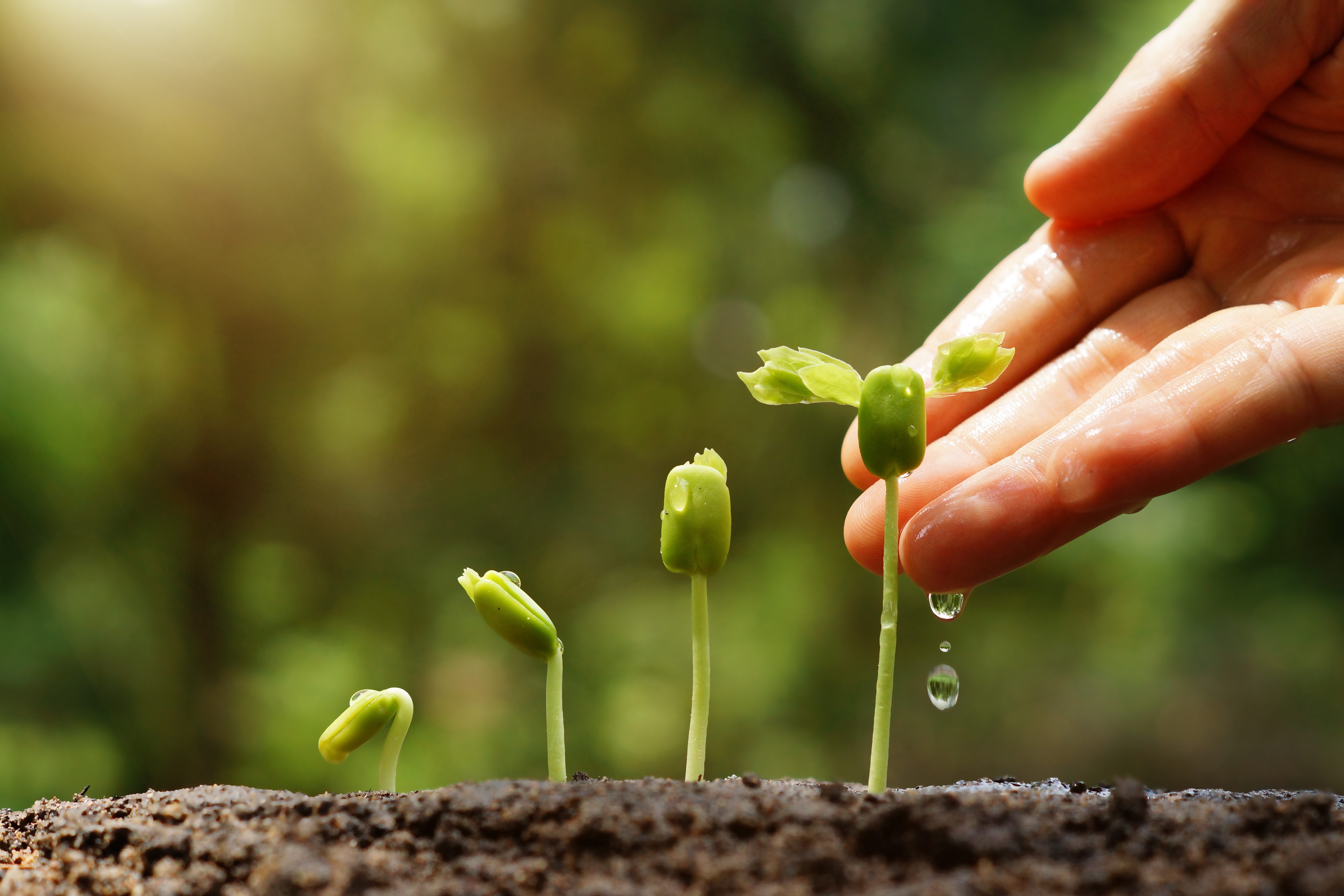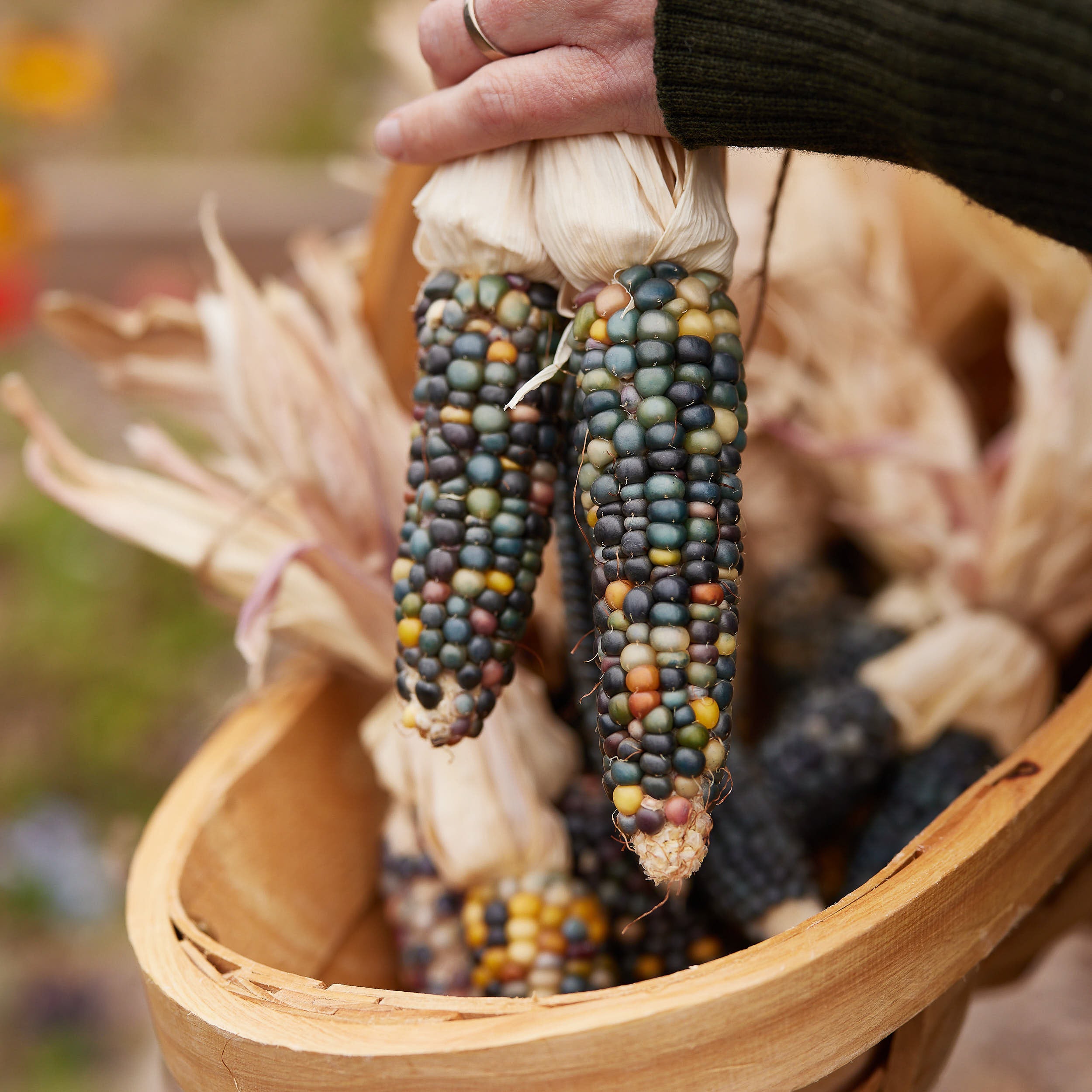Embark on a journey into the vibrant world of summer seeds to plant. With the right knowledge and care, you can transform your garden into a thriving oasis, bursting with fresh, homegrown produce. Let’s delve into the essentials of selecting, growing, and harvesting summer seeds, ensuring a bountiful harvest that will delight your senses and nourish your body.
In this comprehensive guide, we’ll explore the best summer seeds for your climate, provide expert tips on planting and maintenance, and uncover the secrets to preserving your summer bounty for year-round enjoyment.
Summer Seed Selection and Planting Basics

Embarking on a summer gardening adventure requires a thoughtful approach to seed selection and planting techniques. Choosing the right seeds for your specific climate and growing zone is crucial for successful cultivation. Explore our comprehensive guide to summer seed selection, planting, and germination to maximize your harvest.
Seed Selection
When selecting summer seeds, consider your local climate, growing zone, and the specific varieties you desire. Research different seed types, their characteristics, and suitability for your region. Opt for disease-resistant, heat-tolerant varieties that thrive in your summer conditions.
Here’s a comprehensive list of popular summer seeds to plant, along with their characteristics, planting times, and spacing requirements:
- Tomatoes: Plant in spring or early summer, spacing 24-36 inches apart. Choose heat-resistant varieties like ‘Celebrity’ or ‘Early Girl’.
- Cucumbers: Plant in late spring or early summer, spacing 12-18 inches apart. Select disease-resistant varieties like ‘Marketmore’ or ‘Straight Eight’.
- Peppers: Plant in late spring or early summer, spacing 18-24 inches apart. Opt for heat-tolerant varieties like ‘Bell Boy’ or ‘Jalapeno’.
- Beans: Plant in late spring or early summer, spacing 6-8 inches apart. Choose bush or pole varieties like ‘Blue Lake’ or ‘Kentucky Wonder’.
- Zucchini: Plant in late spring or early summer, spacing 24-36 inches apart. Select compact varieties like ‘Black Beauty’ or ‘Gold Rush’.
Soil Preparation and Seed Starting
Proper soil preparation is essential for successful seed germination and plant growth. Amend your soil with organic matter like compost or manure to improve drainage and fertility. You can start seeds indoors 6-8 weeks before the last frost date or directly sow them outdoors when the soil temperature reaches 60°F (16°C).
For indoor seed starting, use a seed-starting mix and sow seeds at the recommended depth. Keep the soil moist and provide adequate light. Transplant seedlings outdoors once they have developed their first set of true leaves.
Tips for Successful Germination
- Water Regularly: Keep the soil consistently moist, but avoid overwatering.
- Provide Adequate Sunlight: Most summer seeds require at least 6 hours of sunlight per day.
- Control Temperature: Maintain optimal soil temperatures for germination, typically between 60-80°F (16-27°C).
- Thin Seedlings: Once seedlings emerge, thin them to the recommended spacing to prevent overcrowding.
- Protect from Pests: Cover seedlings with row covers or use organic pest control methods to protect them from pests.
Plant Care and Maintenance: Summer Seeds To Plant

Summer-planted seeds require specific care to thrive in the warm and often dry conditions. Watering, fertilizing, and pest control strategies must be tailored to the specific needs of the plants. Additionally, common problems that may arise during the summer growing season, such as heat stress, sunburn, and insect infestations, need to be promptly identified and managed.
Watering
Summer-planted seeds require regular watering to maintain optimal soil moisture levels. The frequency and depth of watering will vary depending on the plant species, soil type, and weather conditions. As a general rule, water deeply and infrequently, allowing the soil to dry out slightly between waterings. Avoid overwatering, as this can lead to root rot and other problems.
Fertilizing
Fertilizing summer-planted seeds is essential for providing them with the nutrients they need to grow and produce flowers or fruit. Choose a balanced fertilizer that is appropriate for the specific plant species. Apply fertilizer according to the manufacturer’s instructions, being careful not to over-fertilize.
Pest Control
Summer-planted seeds are susceptible to a variety of pests, including aphids, spider mites, and whiteflies. Monitor plants regularly for signs of pests and take appropriate control measures. Organic methods, such as insecticidal soap or neem oil, can be effective in controlling pests without harming beneficial insects.
Common Problems, Summer seeds to plant
Heat stress, sunburn, and insect infestations are common problems that can affect summer-planted seeds. Heat stress occurs when plants are exposed to prolonged periods of high temperatures. Symptoms include wilting, yellowing leaves, and stunted growth. Sunburn occurs when plants are exposed to too much direct sunlight. Symptoms include brown or scorched leaves. Insect infestations can cause a variety of problems, including stunted growth, leaf damage, and reduced yields.
Staking, Pruning, and Other Techniques
Staking, pruning, and other techniques can be used to promote healthy plant growth and prevent problems. Staking provides support for tall or weak-stemmed plants, preventing them from falling over. Pruning removes dead or diseased branches and encourages new growth. Other techniques, such as mulching and companion planting, can also be beneficial for summer-planted seeds.
Harvesting and Preserving
As your summer crops ripen, it’s time to reap the rewards of your gardening efforts. Harvesting and preserving your produce ensures that you can enjoy its freshness and flavor all year round.
Knowing when your crops are ripe is crucial for optimal quality. For tomatoes, look for a deep red color and a slight give when gently pressed. Cucumbers should be firm and dark green, while zucchini should be tender and have a slight indentation when pressed. Beans and peas should be plump and have a bright green color.
Harvesting
Harvesting should be done carefully to avoid damaging the produce or the plant itself. Use sharp scissors or a knife to cut vegetables from the vine, leaving a short stem attached. Pull beans and peas gently from the plant, avoiding tearing the roots.
Storing
Storing your summer harvest properly is essential to preserve its freshness. Refrigerate vegetables like tomatoes, cucumbers, and zucchini in a plastic bag or container. Beans and peas can be stored in a sealed plastic bag in the refrigerator for up to a week.
Preserving
Preserving your summer produce allows you to enjoy its flavors long after the growing season is over. Canning, freezing, and drying are common methods for preserving summer crops.
Canning involves sealing produce in jars and processing them in a boiling water bath or pressure cooker. This method is suitable for tomatoes, beans, and peas.
Freezing is a convenient way to preserve vegetables like zucchini, cucumbers, and beans. Simply wash, cut, and blanch the vegetables before freezing them in airtight containers.
Drying is an excellent option for herbs and tomatoes. Spread the herbs or tomato slices on a baking sheet and place them in a warm, dry place until completely dry. Store the dried produce in airtight containers.
Benefits of Preserving
Preserving summer produce offers several benefits:
- Extends the shelf life of produce, allowing you to enjoy it throughout the year.
- Reduces food waste by using up excess produce.
- Preserves the nutritional value of vegetables, making them a healthy option during the off-season.
- Saves money by avoiding the purchase of fresh produce during the off-season.